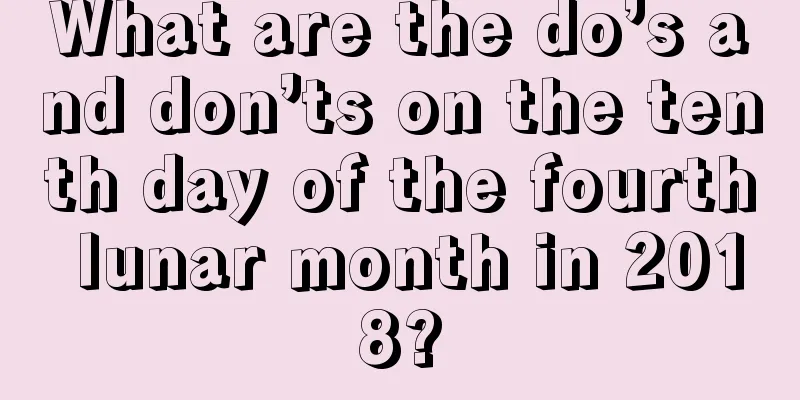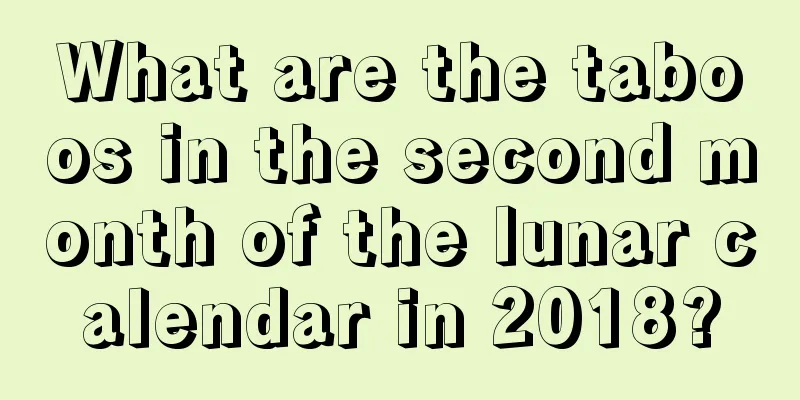What does the Winter Solstice represent? Will it snow on the Winter Solstice in 2020?

Compared with other solar terms, the Winter Solstice is one of the most famous of the 24 solar terms, and this day is celebrated by many people as a grand festival. Do you know what the Winter Solstice represents? Will it snow on the Winter Solstice in 2020? In addition to eating glutinous rice balls during the Winter Solstice Festival, people also use the Jiujiu Xiaohantu to pass the time. Follow Mr. Shui Mo to learn more about the customs of the eleventh month of the lunar calendar in 2020.When is the Winter Solstice in 2020?When the sun's ecliptic longitude reaches 270° and the sun is directly above the Tropic of Cancer, it is the winter solstice, which usually occurs between December 21 and 23 every year.As for the specific time, it can be calculated using the formula: (last two digits of the year × 0.2422 + 21.94) - number of leap years = winter solstice time. Therefore, the winter solstice in 2020 = (20×0.2422+21.94)-(20÷4)=26.8-5≈21, which means that December 21, 2020 is the winter solstice. What does the Winter Solstice mean?In the past, the winter solstice was called "Yasui", meaning it is the day after Chinese New Year. So it was also called "Little New Year", which means that the end of the year is approaching and there are not many days left.According to existing literature, the winter solstice has been the New Year since the Han Dynasty, and celebration ceremonies are held in all places. During the peak period, the imperial court takes a three-day holiday, the emperor does not attend to government affairs, and the people close their businesses for three days. The level of excitement is no less than that of the Spring Festival. What does the Winter Solstice represent?"Collected Explanations of the Seventy-two Seasons of the Lunar Calendar" states: "In the middle of November, the Qi that has finally been hidden reaches its peak." "Tongwei·Xiao Jing Yuan Shen Qi" states: "Fifteen days after the big snow, the Big Dipper points to Zi, which is the winter solstice, the middle of November (Xia calendar/Lunar calendar). Yin reaches its extreme and Yang begins to arrive, the sun reaches its southernmost point, and the sun gradually grows longer.It begins when the sun reaches 270° of ecliptic longitude, which is a day within 30 days around December 22 of the Gregorian calendar or the 15th day of the 11th lunar month (full moon) every year. On this day, the sun almost directly shines over the Tropic of Capricorn, the daytime in the Northern Hemisphere is the shortest, it is polar night in the Northern Hemisphere, and polar day in the Southern Hemisphere. Afterwards, the position of direct sunlight moves northward, and the daytime gradually becomes longer. "Collected Explanations of the Seventy-two Seasons of the Lunar Calendar" states: "In the middle of November, the energy of the final storage reaches its peak." "Tongwei: The Book of Filial Piety: The Divine Covenant" states: "Fifteen days after the heavy snow, the Big Dipper points to Zi, which is the winter solstice, the middle of November (Xia calendar/Lunar calendar). When yin reaches its extreme, yang begins to reach its peak; the sun reaches its southernmost point and gradually grows longer. "It can be seen that the winter solstice represents the beginning of the year. The first of the twelve Earthly Branches, "Zi", crowns the winter solstice. Therefore, the eleventh month of the lunar calendar when the winter solstice falls is also called the "month of Jianzi". "Records of the Grand Historian - Annals of Emperor Xiaowu" states: "Two years later, on the first day of the eleventh month on the winter solstice, calendar makers used the original system. The emperor personally went to Mount Tai to offer sacrifices to the God of Heaven in the Mingtang on the first day of the eleventh month on the winter solstice, and performed Fengshan rituals every time." Will it snow on the Winter Solstice in 2020?It is very likely to snow on the winter solstice in 2020, especially in northern my country.After the winter solstice, although we have entered the "Nine Cold Days of Weather", my country has a vast territory and the climate and landscape vary greatly from place to place. The Northeast is covered with ice for thousands of miles, and looks like jade; the Huanghuai region is also often covered in silver. The average temperature across the country is generally above 5℃ at this time, and winter crops continue to grow, with green vegetables and wheat, full of vitality, just as "the winter solstice has passed in the water country, and spring has begun in the beautiful scenery"; The average temperature in the coastal areas of South China is above 10℃, and the scenery is full of flowers and birds, and spring is everywhere. Around the winter solstice, although the Northern Hemisphere has the shortest daylight hours and receives the least solar radiation, the heat accumulated by the ground in the middle of summer can still provide a certain amount of supplement, so the temperature is not the lowest at this time. As the saying goes, “After eating the winter solstice meal, the day becomes longer by a thread.” After the winter solstice, the daytime hours gradually increase. However, the solar radiation received by the ground is still less than the heat dissipated by the ground, so the temperature will continue to drop in the short term. Except for a few islands and coastal areas, January is the coldest month in my country. Therefore, there is a saying among the people that "it won't be cold unless it's the winter solstice." In astronomy, the "winter solstice" is also defined as the beginning of winter in the Northern Hemisphere. |
Recommend
Is it suitable to decorate the house on the Dragon Raising Head Day in February 2020? When did the Dragon Raising Head originate?
Introduction: It is generally necessary to choose ...
Is it good to be born in the beginning of autumn in the Year of the Rabbit? Is the fortune good or bad?
The Beginning of Autumn is an important transition...
What Feng Shui considerations should be taken into account when decorating the kitchen ceiling to improve work luck?
Introduction: The kitchen plays an important role...
Is the 28th day of the second lunar month in 2019 a suitable day for grave repair? What Feng Shui issues should be paid attention to when repairing a grave?
Introduction: Repairing a grave is a very importan...
When is Christmas Eve in 2018? What day of the week is it?
When is Christmas Eve in 2018? What day of the wee...
2018 Laba Festival wedding couplets? What to eat on Laba Festival?
Introduction: Laba Festival is also one of the tra...
The 29th day of the sixth lunar month in 2018 is a good day?
The sixth month of the lunar calendar is the most...
Why do people have to cut their heads on the second day of the second lunar month when the dragon raises its head? Why is it called the Shaving Day?
As we all know, the second day of the second month...
What can’t you do on the day of Minor Cold in 2020? Check the auspiciousness and inauspiciousness of the time on January 6!
Introduction: You need to choose an auspicious day...
Should I prepare gifts for my parents during the Chinese New Year? What are the taboos in giving gifts during the Little New Year?
Little New Year is the beginning of the busy year,...
Can I get married on September 28th of the lunar calendar in 2019? Is it a good idea to get engaged and hold a wedding?
From acquaintance to understanding, from love to ...
What date is the Cold Clothes Festival in the lunar calendar in 2019? What should we burn on this festival?
The Cold Clothes Festival, also known as the "...
Is it possible to hold a funeral on April 21st of the lunar calendar in 2021?
Although there are many customs for funerals, the ...
Zodiac fortune + birth fortune (people born on Labor Day in 1993, the zodiac sign of Rooster)
People of every zodiac sign have different destiny...
Is it suitable to get married on the eighth day of the Lunar New Year in 2018? What are the taboos in marriage?
Everyone hopes to find their true love in marriage...









